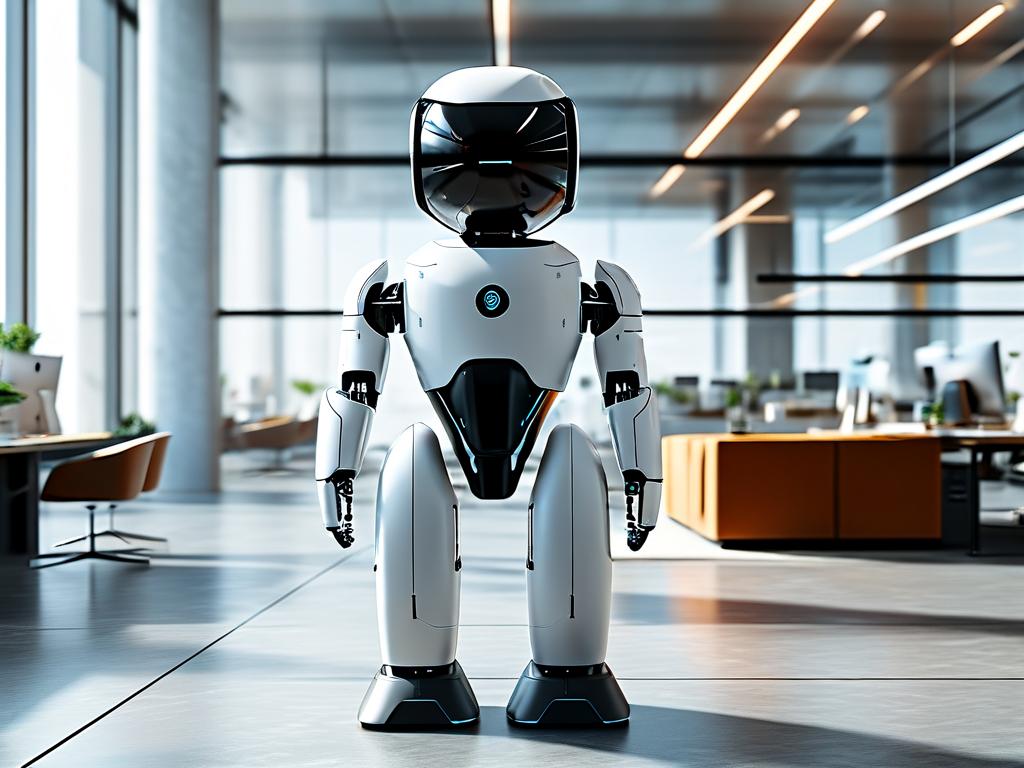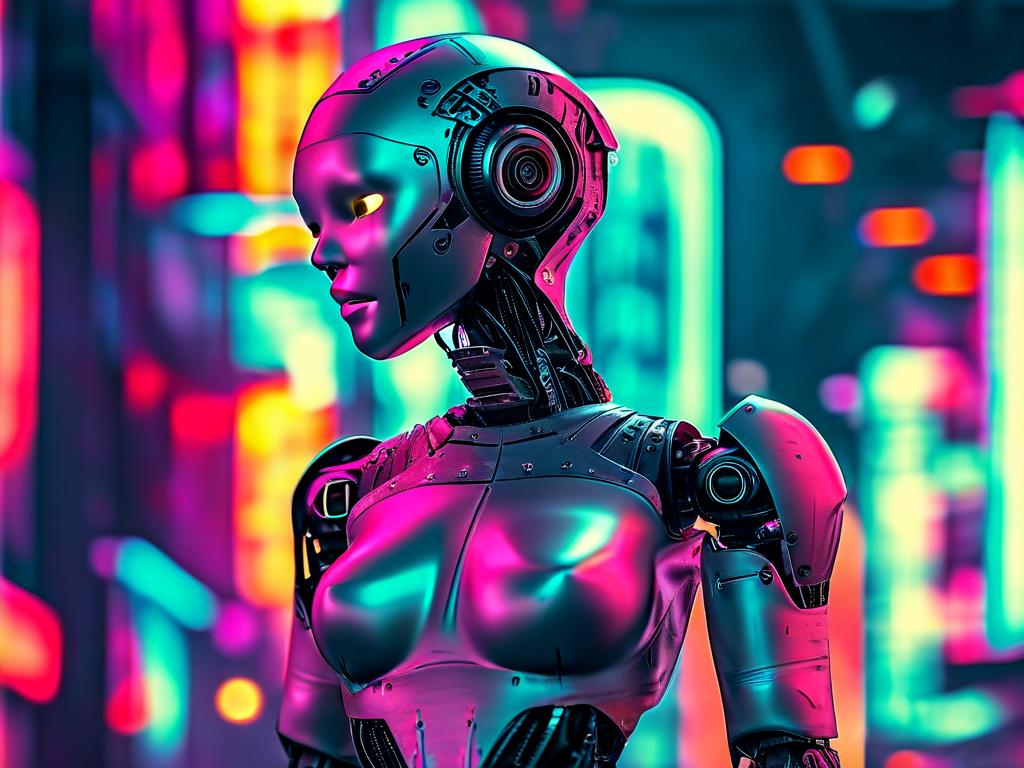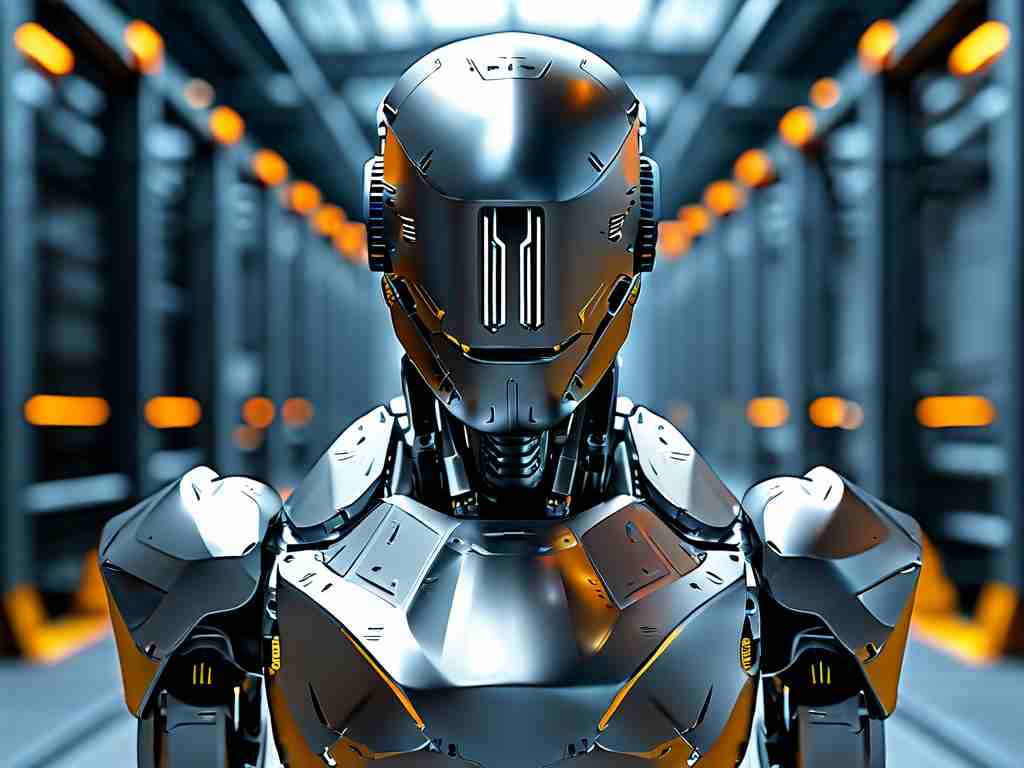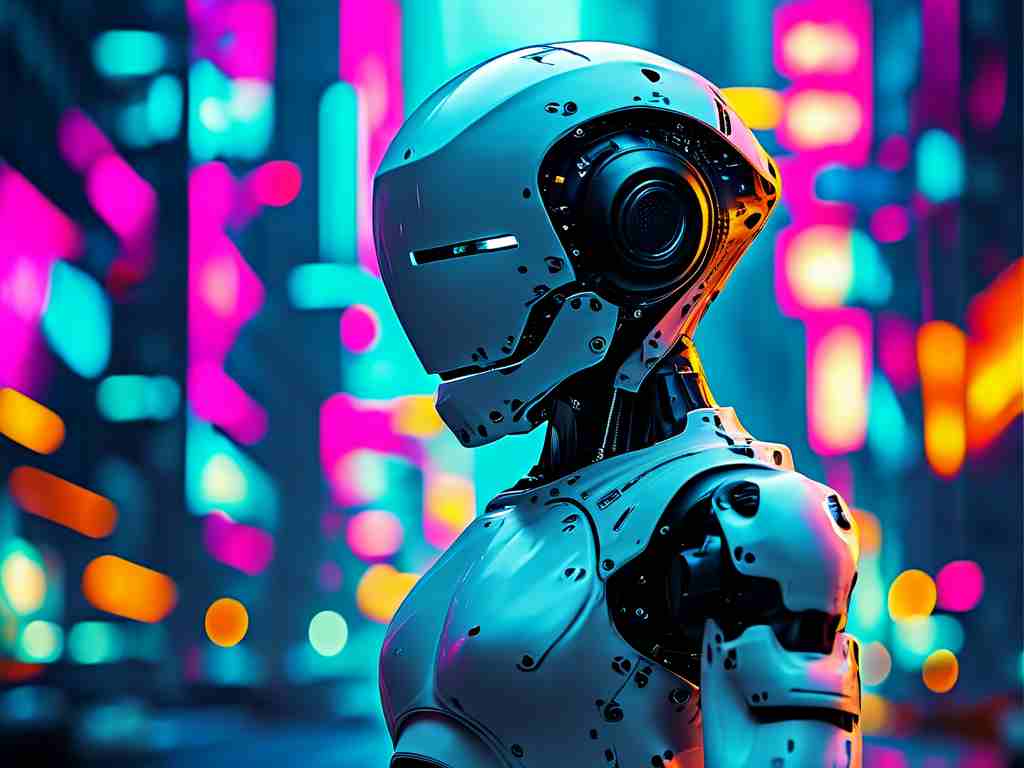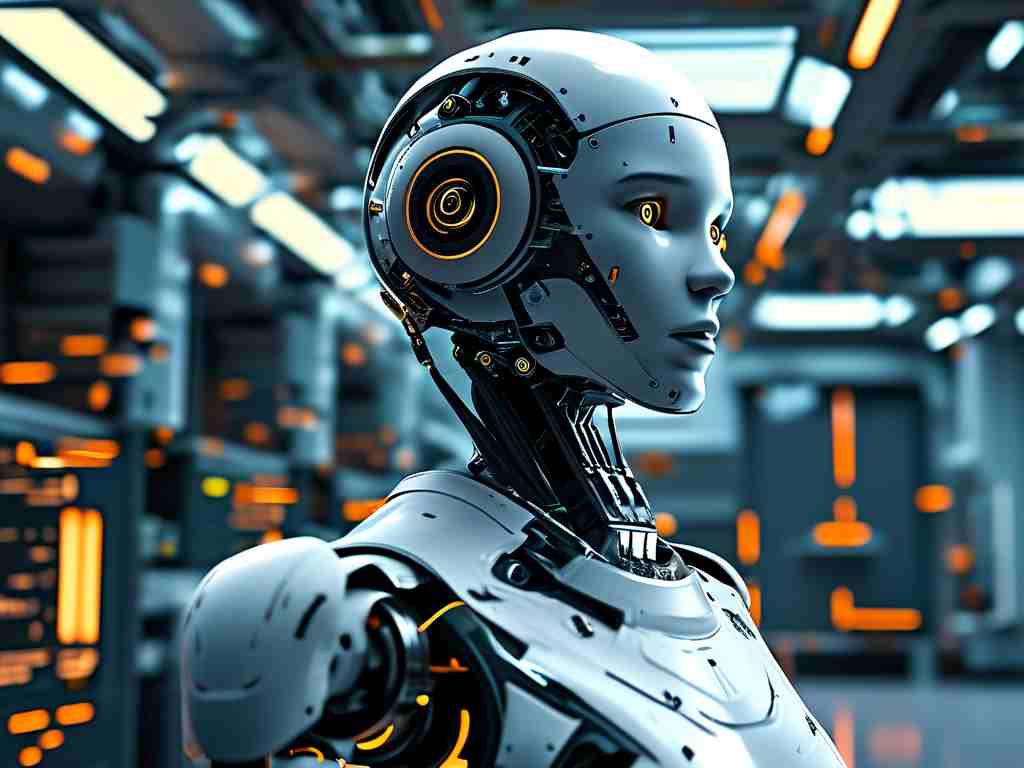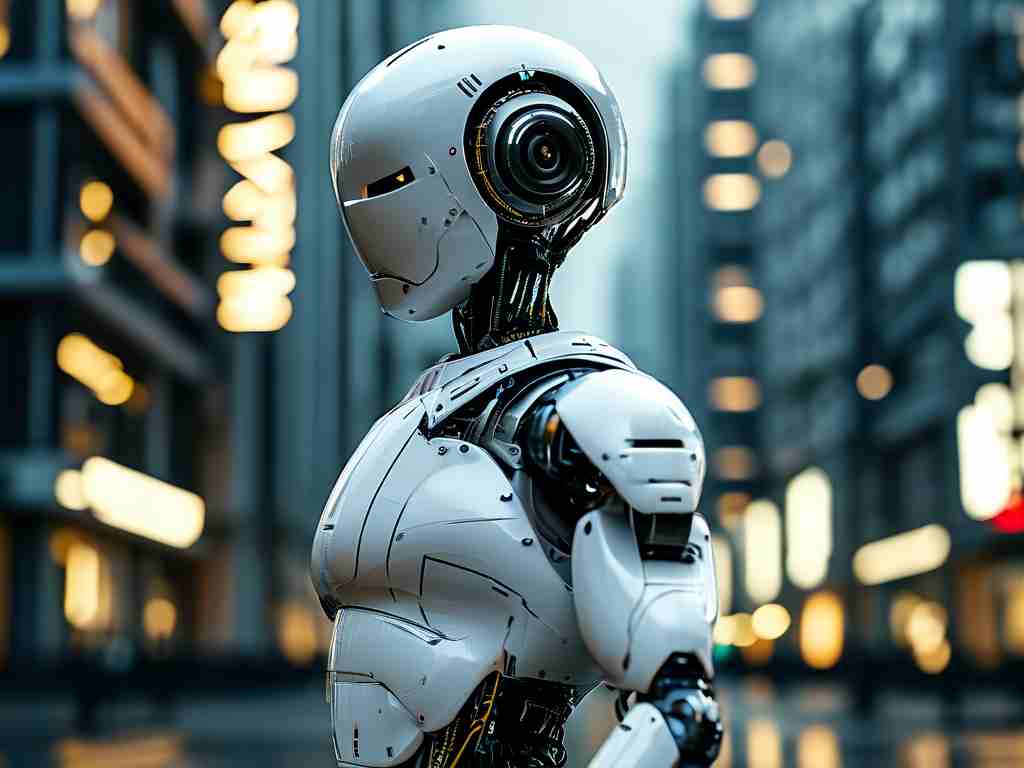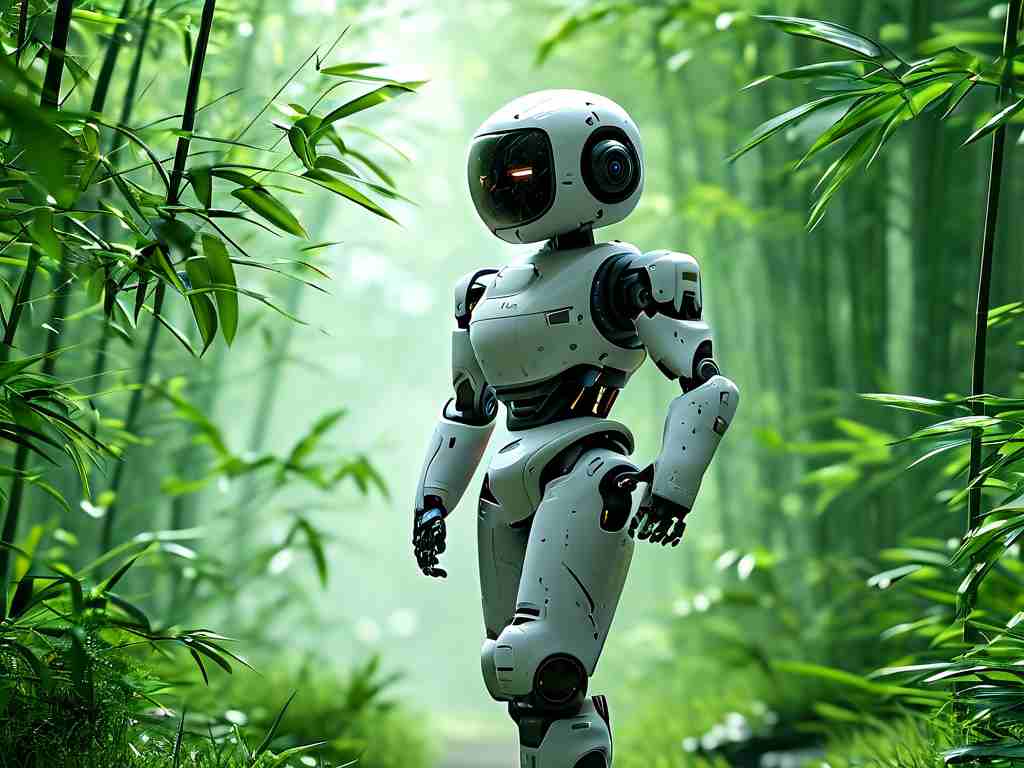The integration of GPT (Generative Pre-trained Transformer) technology into robotics represents a paradigm shift in how machines perceive, process, and respond to human interactions. Unlike traditional robotic systems that rely on rigid programming, GPT-powered robots leverage advanced language models to interpret contextual nuances, adapt to dynamic environments, and deliver human-like problem-solving capabilities. This fusion of natural language understanding and mechanical precision is reshaping industries ranging from healthcare to manufacturing.
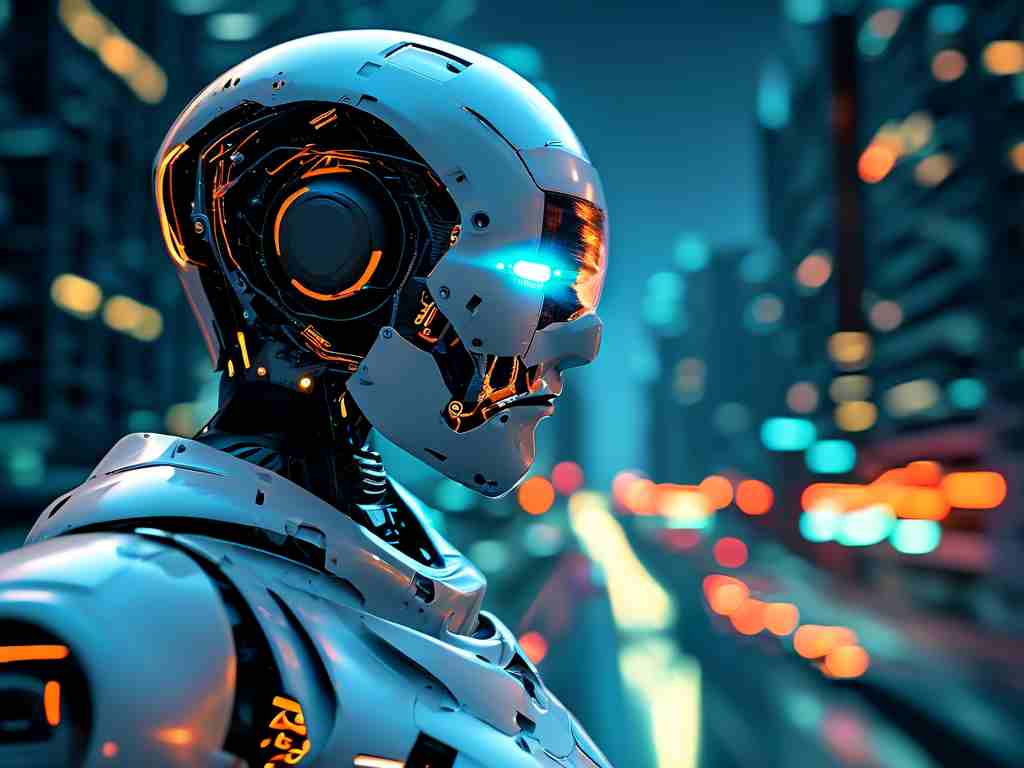
One groundbreaking application lies in collaborative manufacturing. Modern factories now deploy GPT-enabled robotic arms that understand verbal instructions such as "Assemble component A with a 15-degree tilt" or "Prioritize urgent orders." These robots cross-reference commands with real-time sensor data—like torque measurements or thermal feedback—to adjust workflows autonomously. For instance, automotive manufacturer Teknova recently reported a 40% reduction in assembly errors after implementing GPT-driven quality control bots that validate part compatibility using multimodal data analysis.
In healthcare, GPT robotics is breaking barriers in patient care. Surgical robots like NeuroAssist now process surgeons' spoken directives while compensating for microscopic hand tremors through adaptive algorithms. During a recent trial at St. Mary’s Hospital, such systems reduced procedure times by 25% by predicting instrument requirements and pre-loading 3D navigation maps. Beyond the operating room, companion robots like ElliQ-X utilize GPT-4o to analyze speech patterns and vital signs, offering timely reminders for medication while providing empathetic conversation—a critical feature for elderly patients with cognitive decline.
The agricultural sector is witnessing similar transformations. Autonomous harvesters equipped with GPT-5 Vision interpret crop health through hyperspectral imaging, distinguishing between ripe and diseased produce with 98.3% accuracy. Farmers communicate with these machines using colloquial phrases like "Check the northwest quadrant for fungal spots" instead of coding coordinates. This natural interface has democratized precision farming, enabling small-scale growers to compete with industrial agribusinesses.
However, the technology faces challenges. Energy consumption remains a hurdle, as GPT models require significant computational power. Researchers at MIT’s Robotics Lab are addressing this by developing hybrid architectures that switch between cloud-based processing and localized neural networks. Early prototypes show a 60% reduction in power usage without compromising decision-making speed.
Ethical concerns also loom large. The European Union’s AI Ethics Board recently mandated "explainability protocols" for GPT robots, requiring them to verbally justify critical decisions in real time—a feature already implemented in law enforcement drones used for crowd management. Meanwhile, companies like Boston Dynamics have introduced "ethical circuit breakers" that freeze robot operations when detecting ambiguous moral scenarios, such as prioritizing between two conflicting emergency commands.
Looking ahead, the convergence of GPT robotics with quantum computing promises exponential growth. Quantum-enhanced language models could enable robots to solve complex optimization problems in seconds, from traffic routing in smart cities to protein folding in biotech labs. Pilot projects in Singapore’s urban mobility network have already cut average commute times by 18% using quantum-GPT hybrid systems.
As these technologies mature, workforce dynamics will evolve. Rather than replacing humans, GPT robots are creating hybrid roles—like "AI Trainers" who refine robotic decision trees or "Ethical Compliance Officers" specializing in machine behavior audits. Universities such as Stanford now offer interdisciplinary degrees blending robotics engineering with cognitive linguistics to prepare students for this new frontier.
The future of GPT robotics hinges on balancing innovation with responsibility. As machines grow more perceptive, maintaining transparent human oversight remains paramount. Through collaborative frameworks and continuous ethical refinement, this technology holds the potential to redefine productivity, creativity, and empathy in the digital age.


